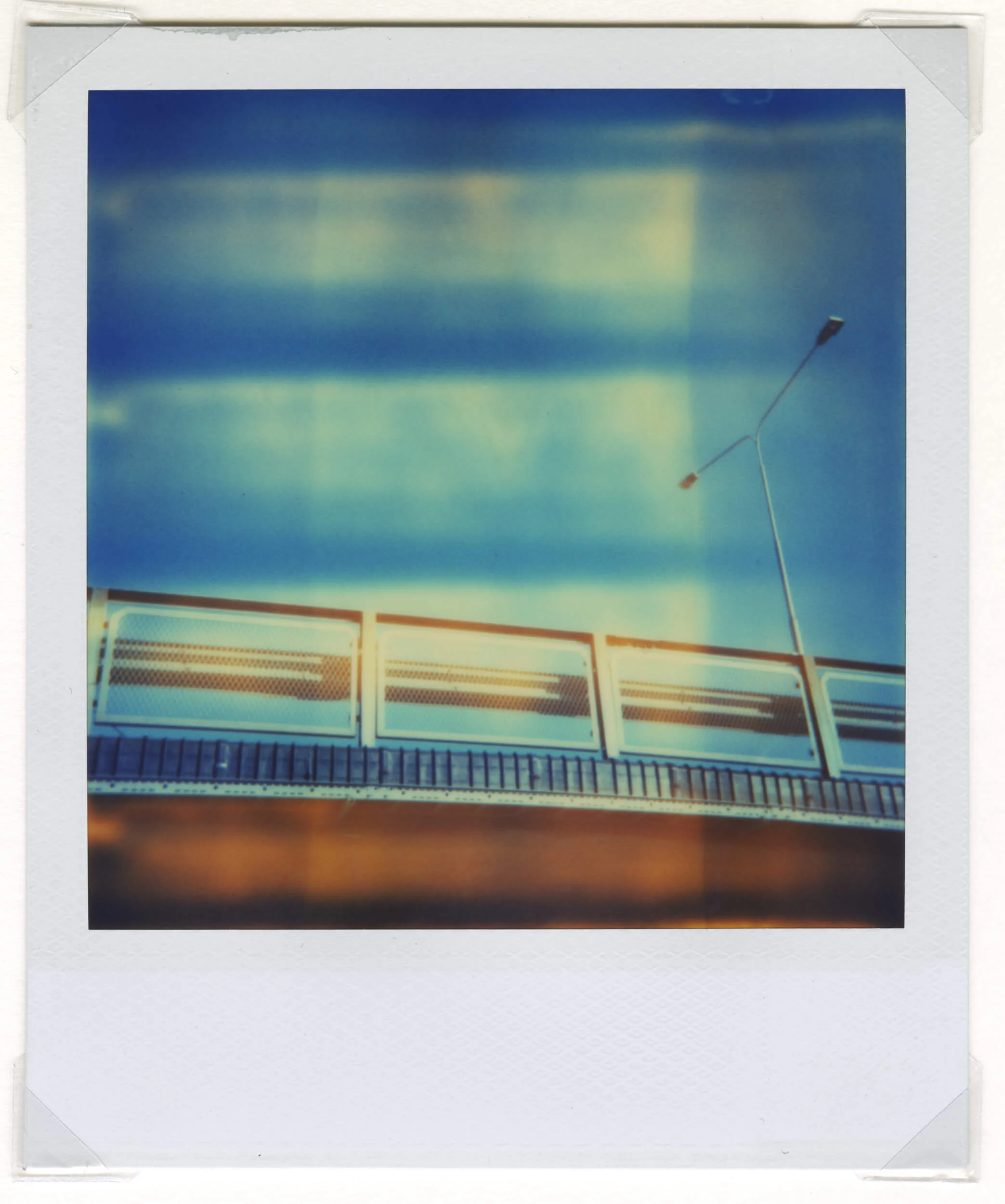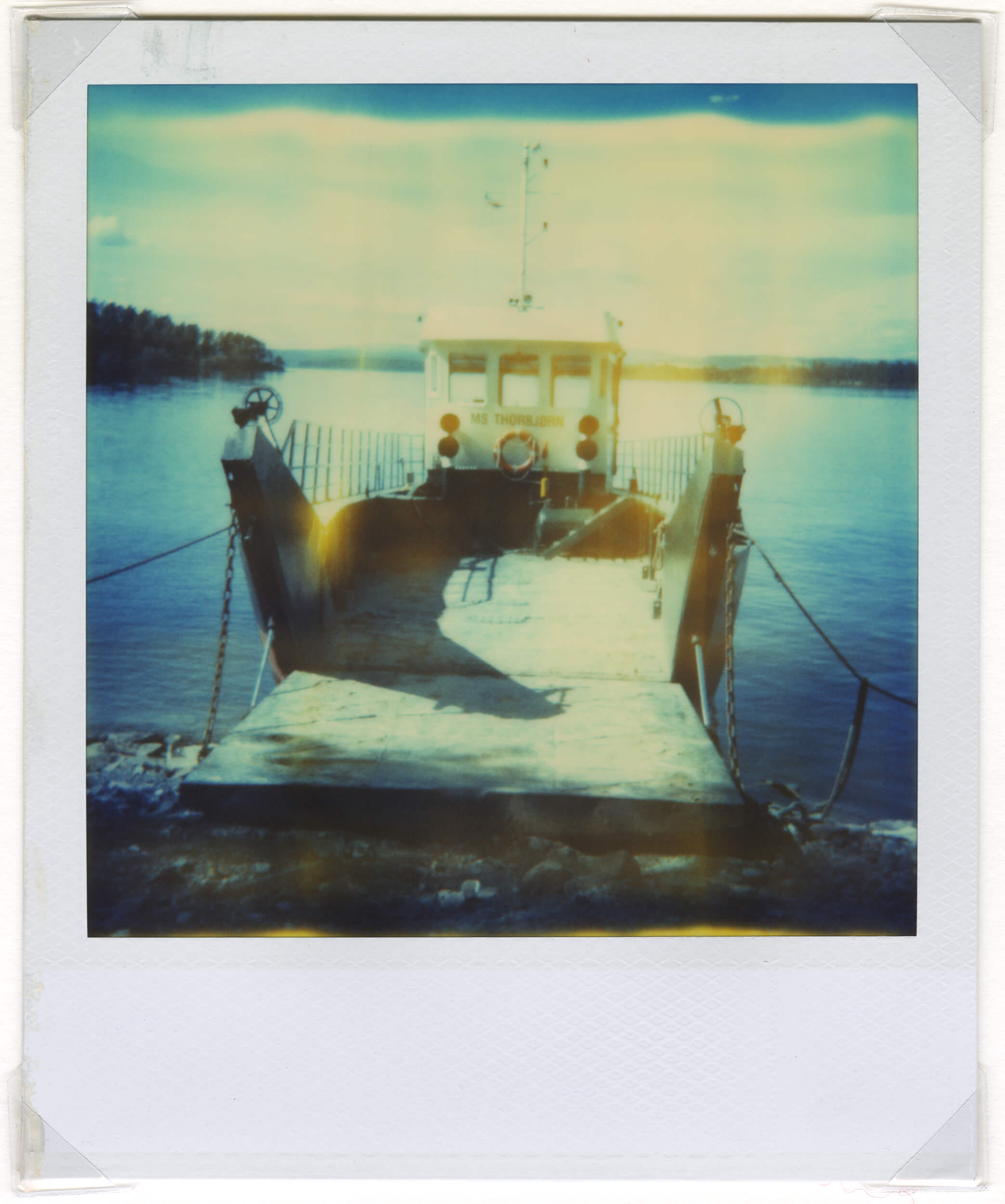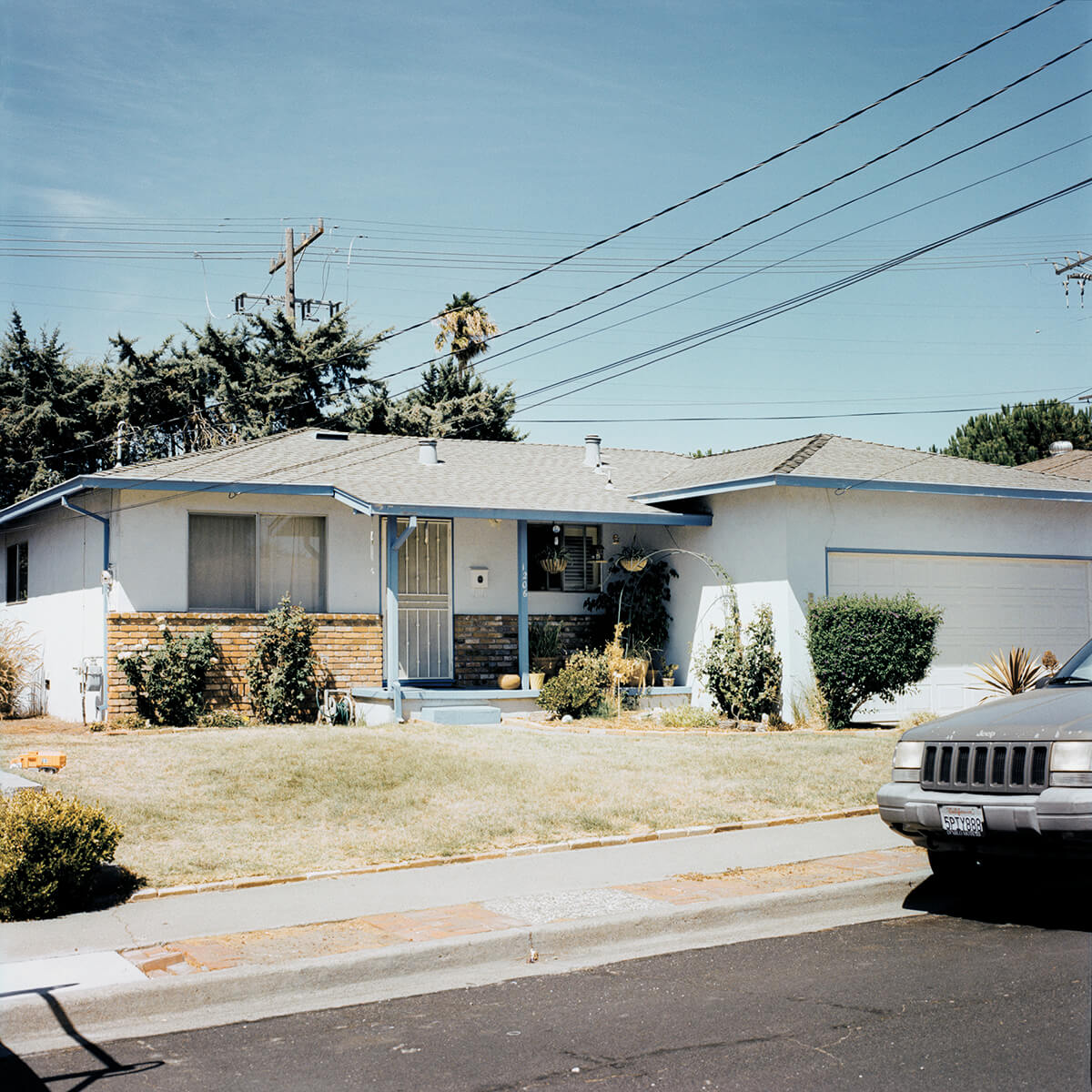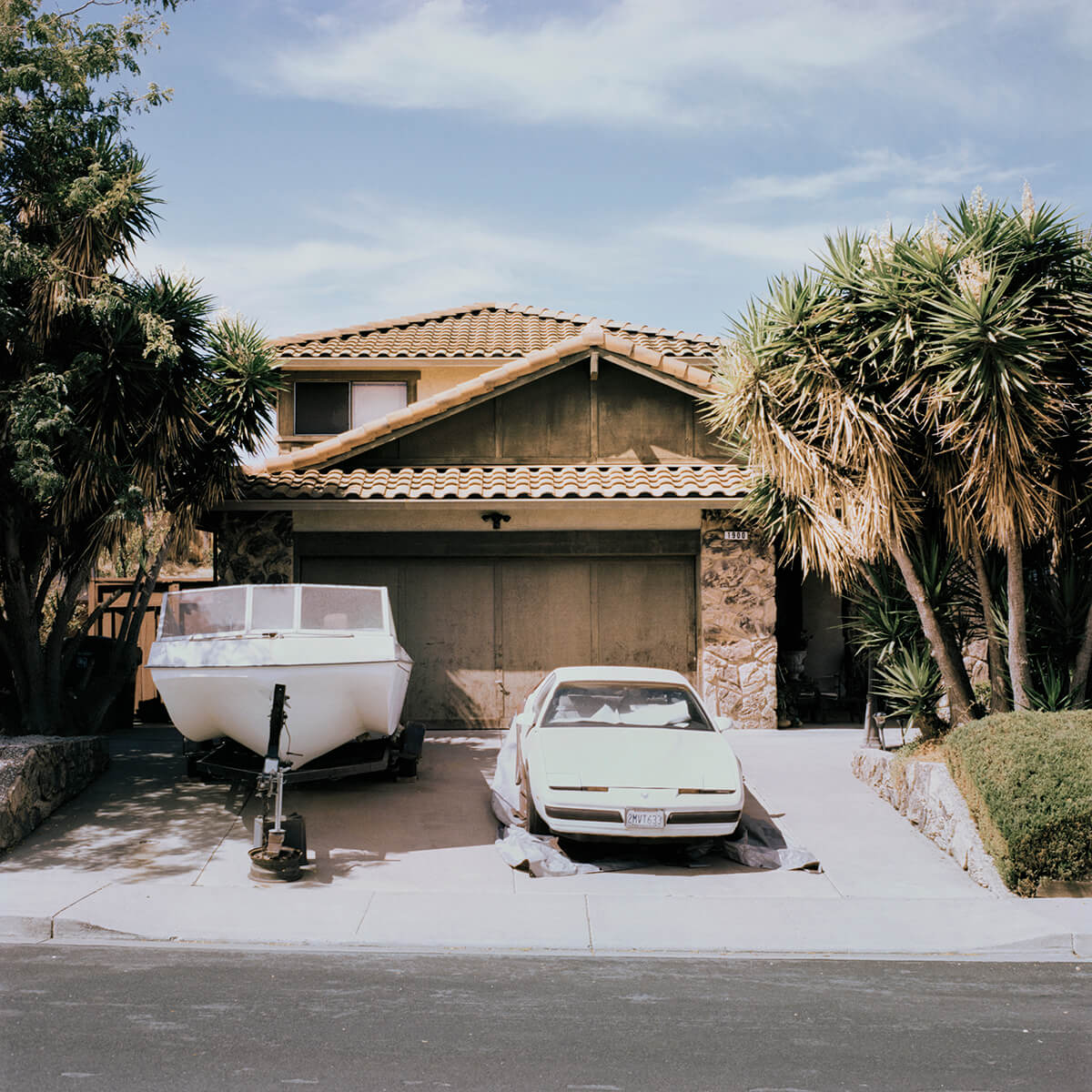Oslo to Utøya - A Man's Solitary Journey









On the 22 July 2011 Anders Behring Breivik killed eight people with a car bomb outside of the parliamentary headquarters in Oslo. Later that same day he murdered another 69 people at a summer labour party camp on the island Utøya, only thirty eight kilometres from the bomb blast. The attack was a complete surprise leaving the Norwegian people and the world at large in a state of shock.
As with the attack on the twin towers there was an initial sense of disbelief, a stunned silence emanating from ground zero encompassed, first Norway and then the world. All eyes were turned to Norway and behind them all were the questions. Who? How? Why? The finger of blame was inevitably and mistakenly directed at Al Qaeda and the ‘experts’ ridiculed the idea that this might be the act of a lone assassin. But as the world’s attention was focused on Oslo one man had already turned his back on the carnage. Alone, he drove out of the city taking with him the much-needed answers and a small armoury. For this man all was clear and everything was in order. The curtain had descended over the shattered stage of act one and was about to rise on the even bloodier tragedy of act two.
The journey between Oslo and Utøya is not a long one, only forty minutes without traffic. It’s a route that is well known to most of Oslo, as it leads to popular holiday destinations. For many it is associated with the pleasure of heading somewhere to relax and unwind. On 22 July 2011 the meaning of this route was subverted as it underwent a metamorphosis, stripped of its innocence it was transformed into a macabre thread linking two scenes of indescribable horror. I photographed this journey from ground zero to ground zero, looking only one way, in the direction that a determined Anders Behring Breivik would have looked.
These dark and mysterious photographs are reminiscent of CCTV footage, giving the viewer a feeling of secretly watching. The distortion of the images enhances this feeling, as if we are seeing the route through the eyes of a disturbed man, through the eyes of Anders Behring Breivik? We are presented with a distorted vision of the surroundings, as a green and lush landscape is transformed into a grey forbidding one.
It is the time between the explosion in Oslo and the shootings on the island, the unknown moments unfolding minute by minute that have inspired me to take these photographs. The unfolding of events is emphasized by the use of Polaroid film. Polaroid is a slightly contradictory medium, it is immediate but not instant, between capturing an image and viewing it there is an enforced pause, a minute or two of contemplation before the revelation. I did not perhaps realise at the time that the images - dark and distorted - would not only be my way of paying tribute to the victims but would also reflect my own feelings towards my own country, feelings of alienation, of not quite being able to see my homeland as other Norwegians’ see it.
Lastly this series of images have an undertone of the lost. Polaroid film has been out of production for seven years and the film used to shoot this story is also out of date by five years, this adds an unpredictable dimension to the work. The reason I bulk purchased the film in 2005 was with the intention of using it to photograph something that disappears, something that fades away. It took six years before I finally found a subject that I thought was worthy of this rare film. The news of the atrocities came as a shock to me. The loss of so many lives and the fear that the killings would now be a major blow to the freedom, which I so fondly remembers from my years growing up in Norway.
These photographs of the journey from Oslo to Utøya, are not only an attempt to capture the sombre and inexplicable moments between the two attacks but are also a personal journey for me, and a way for me to commemorate those who died on that summers day in 2011.





